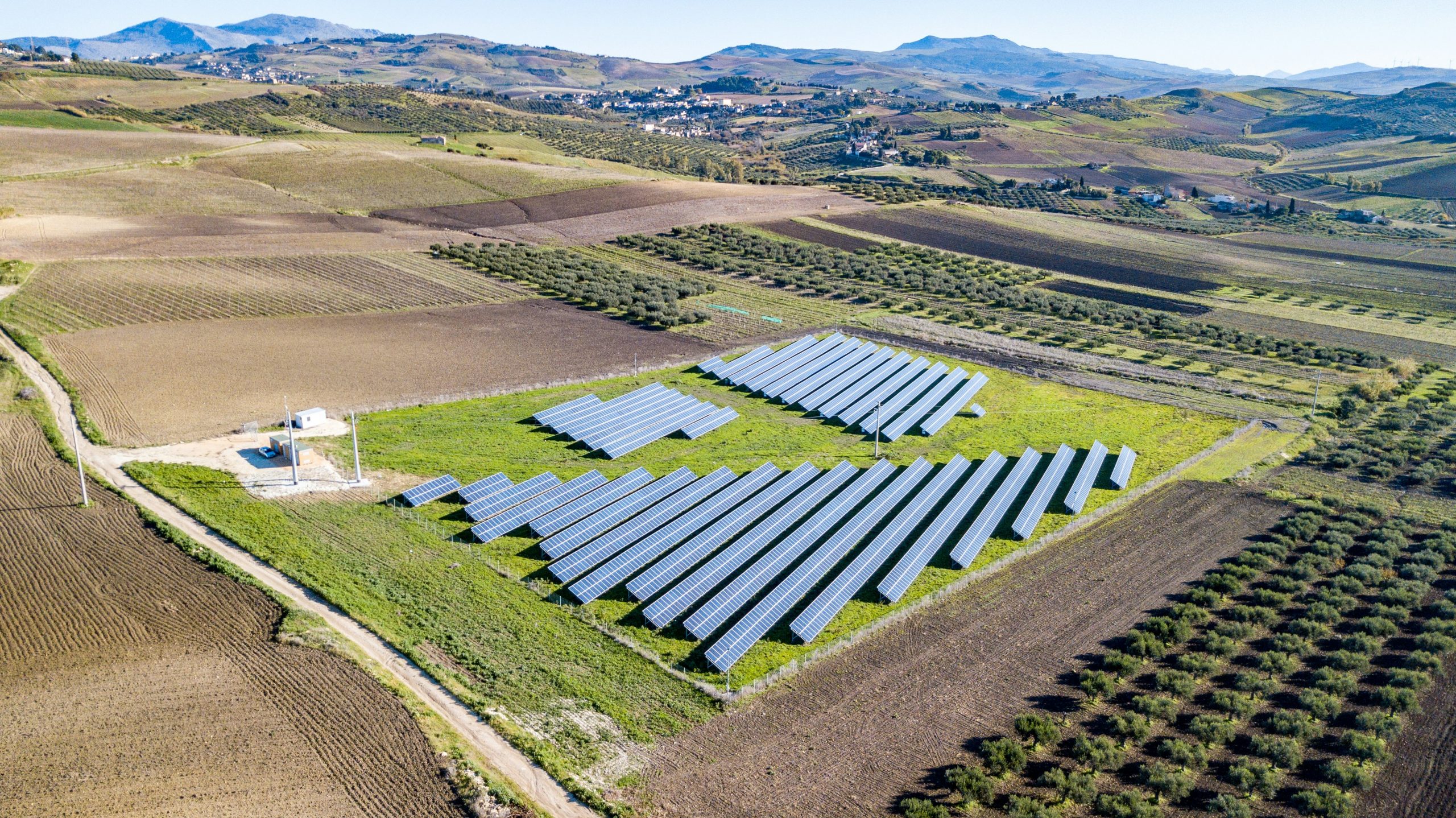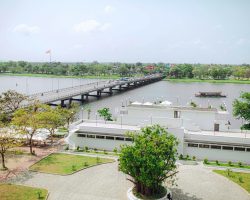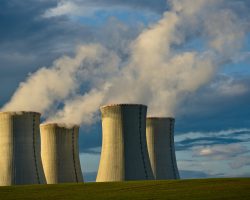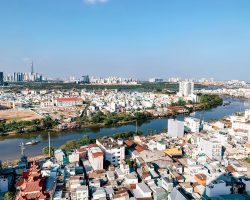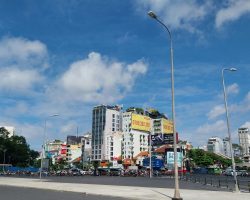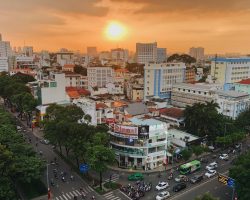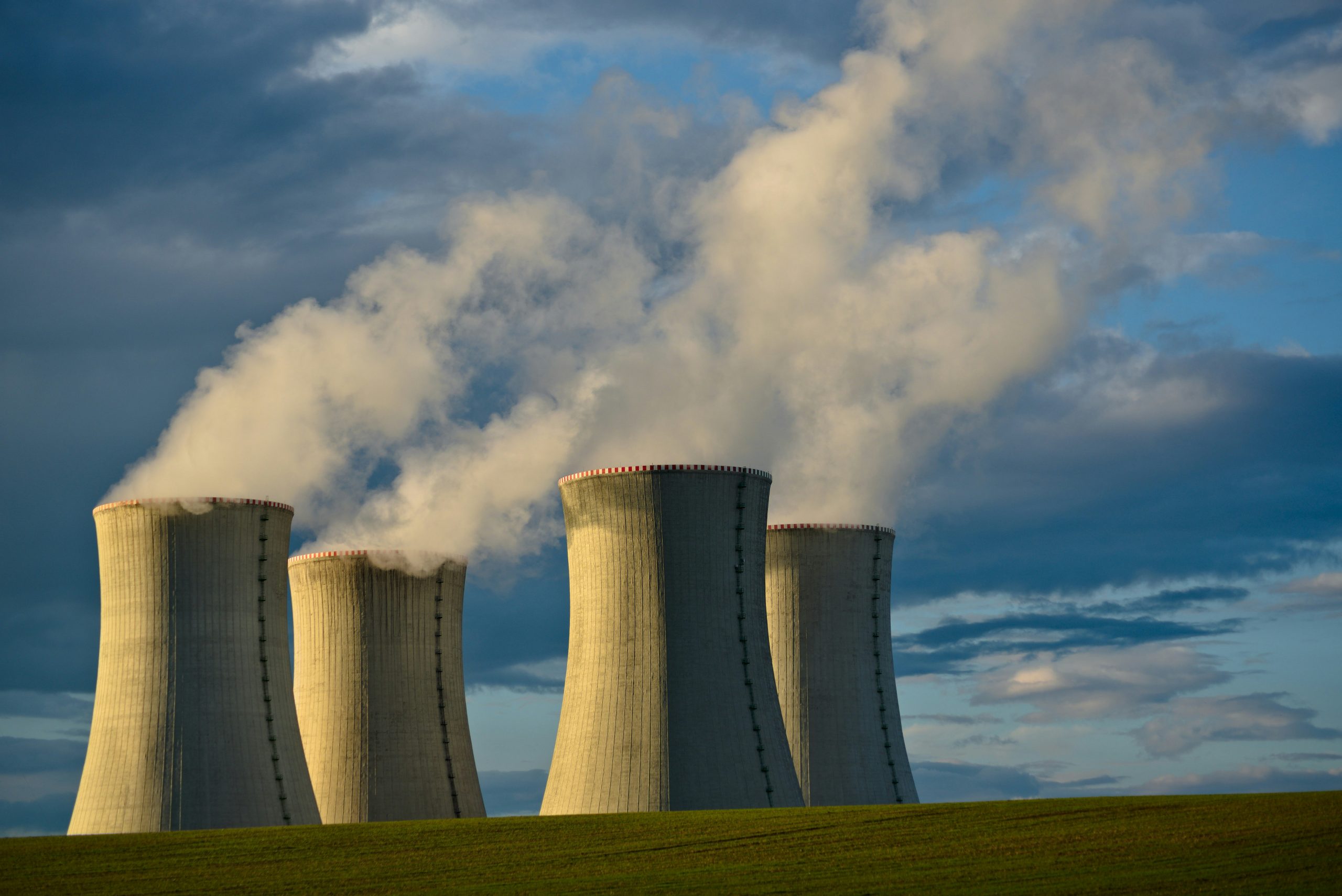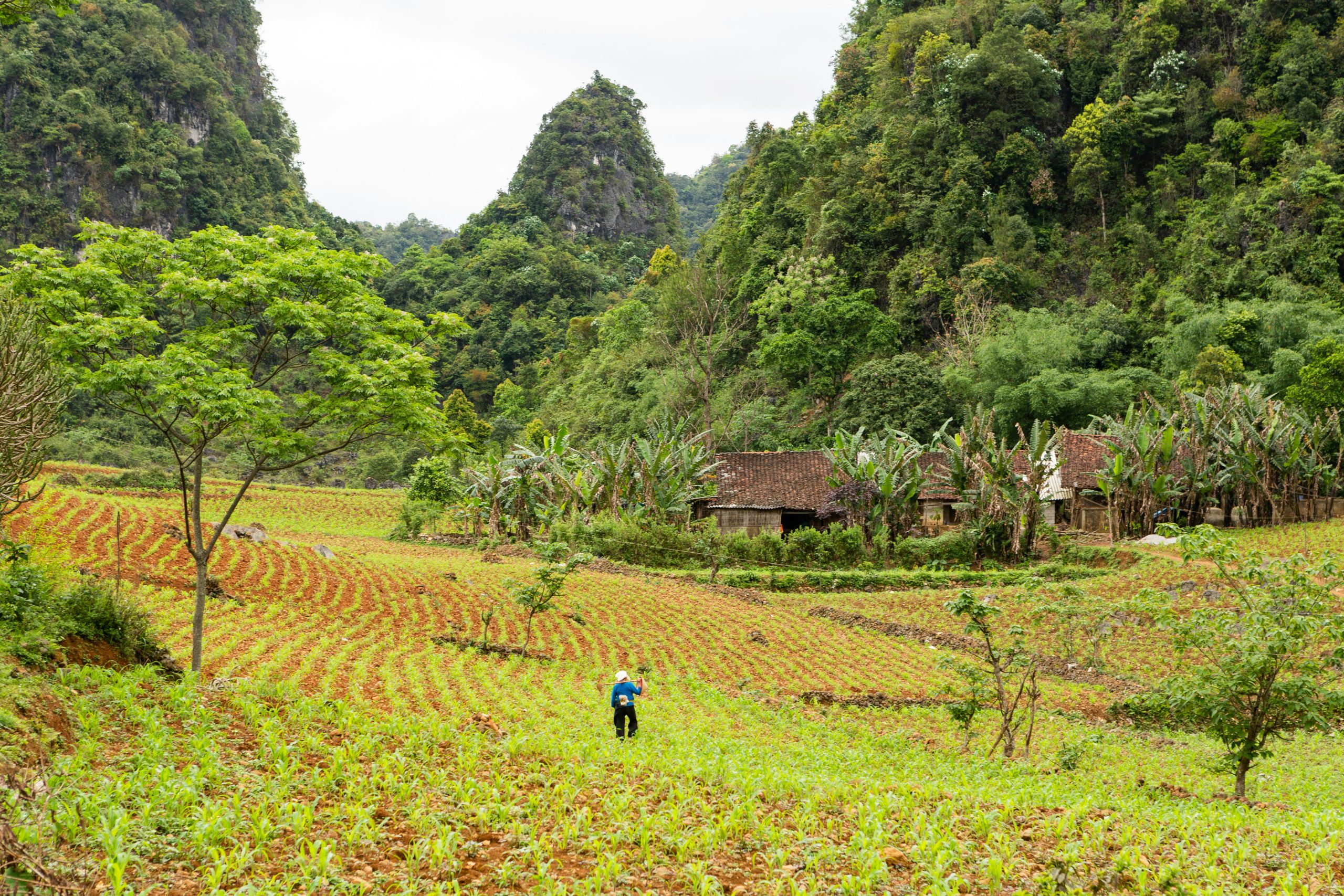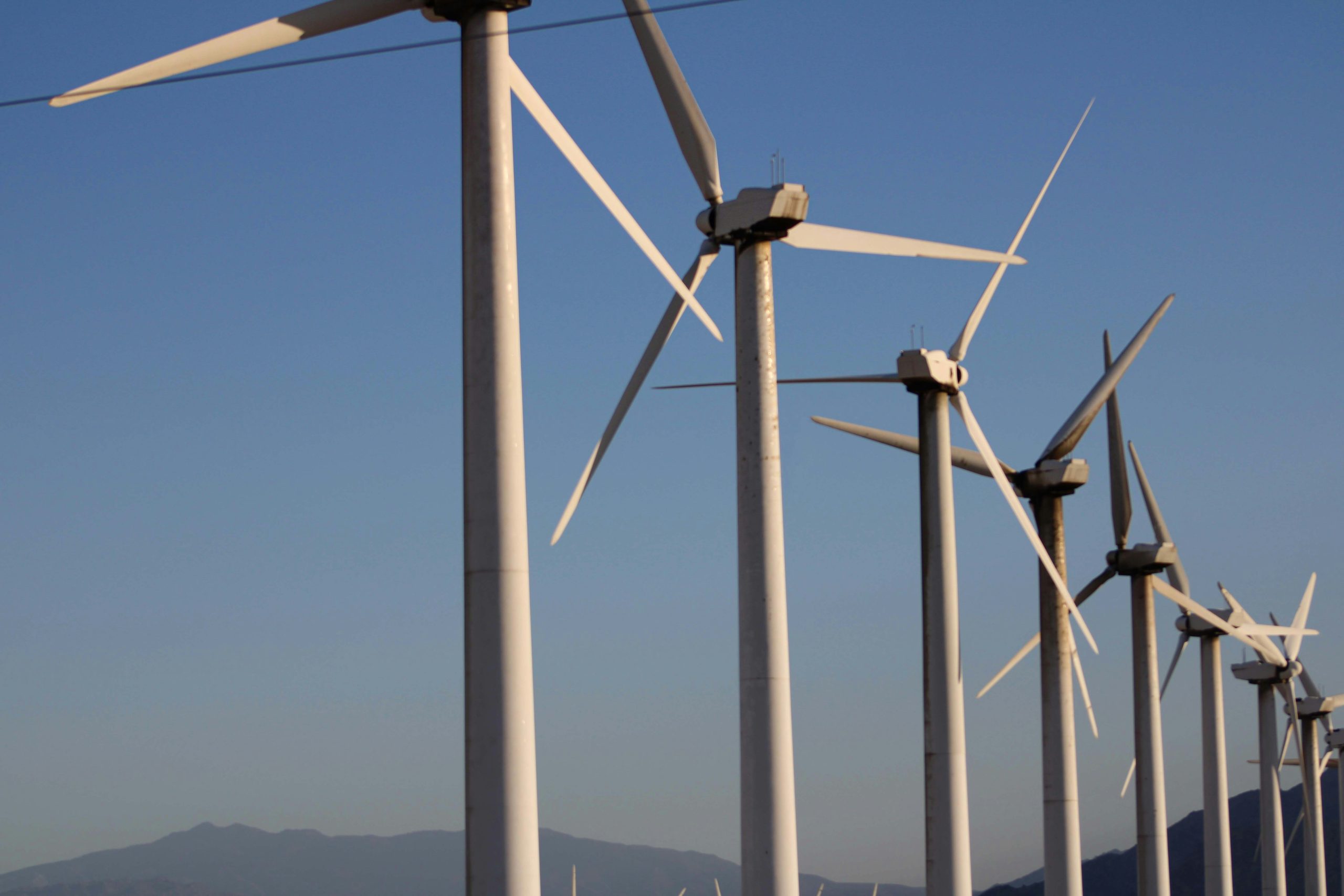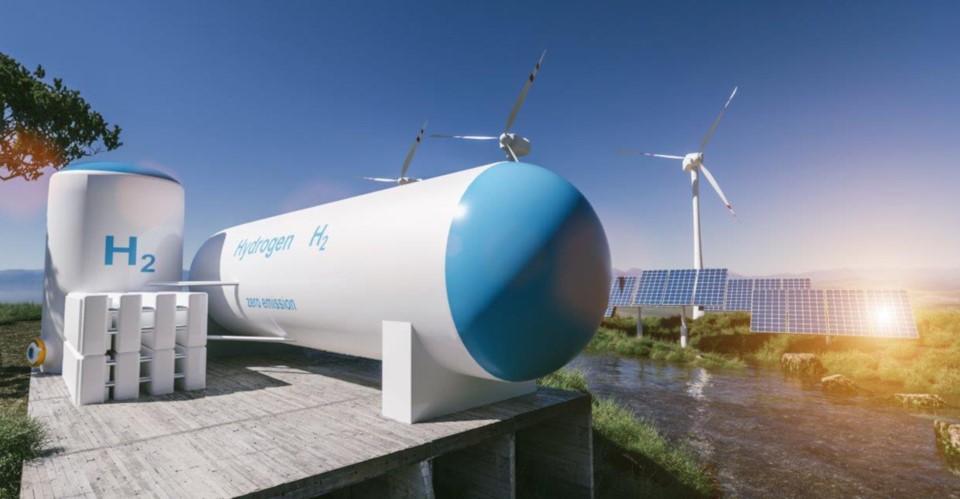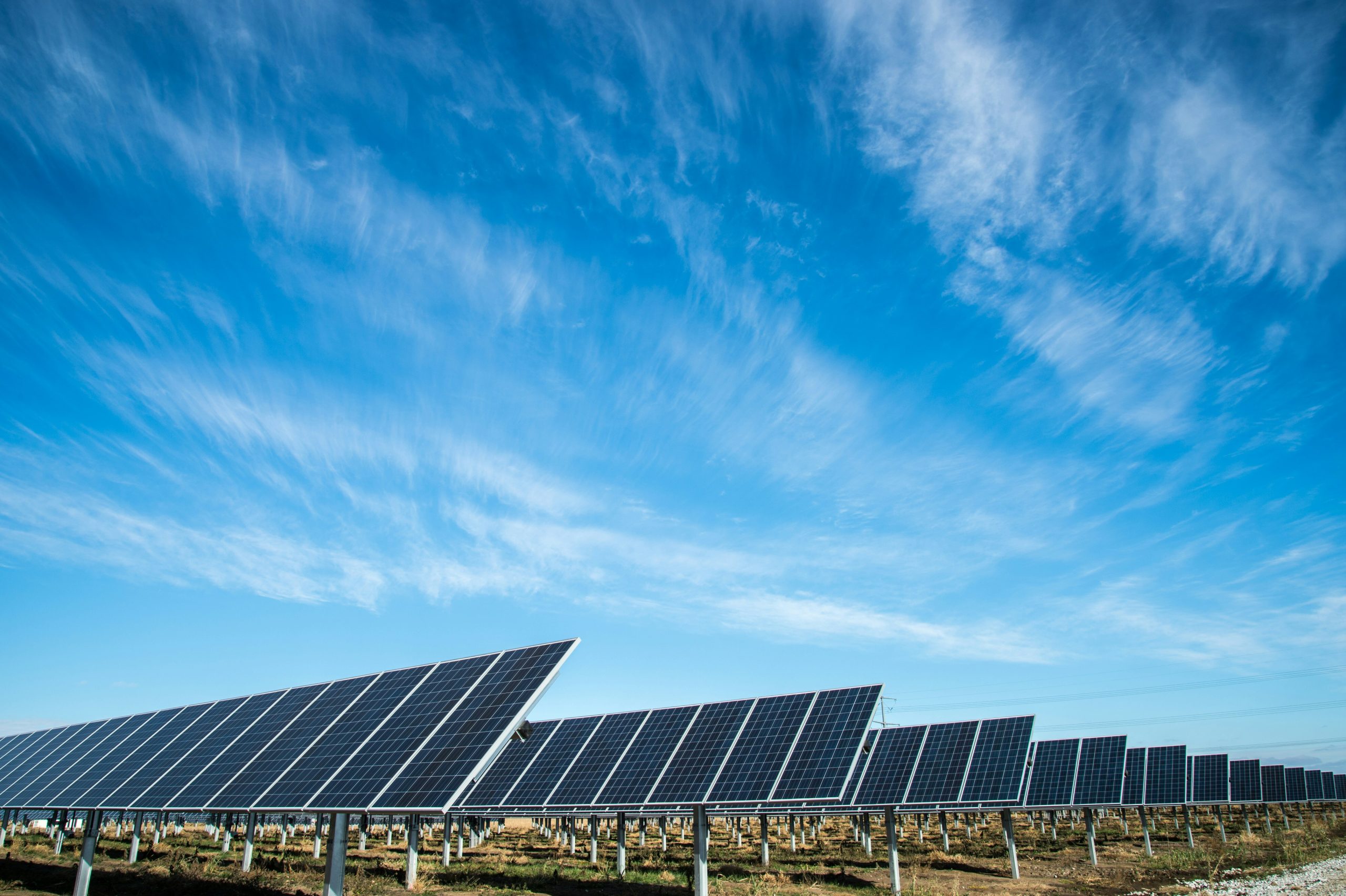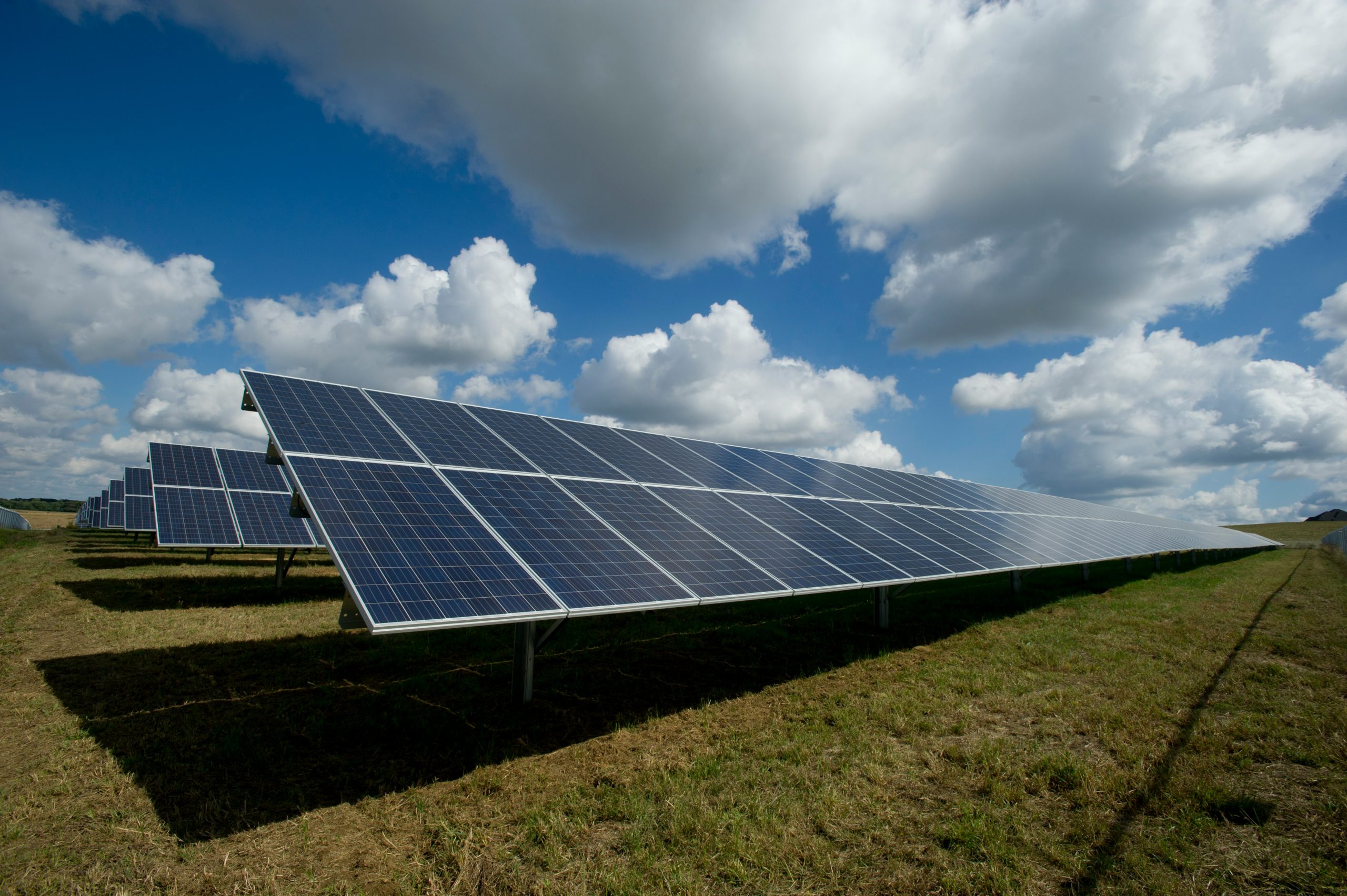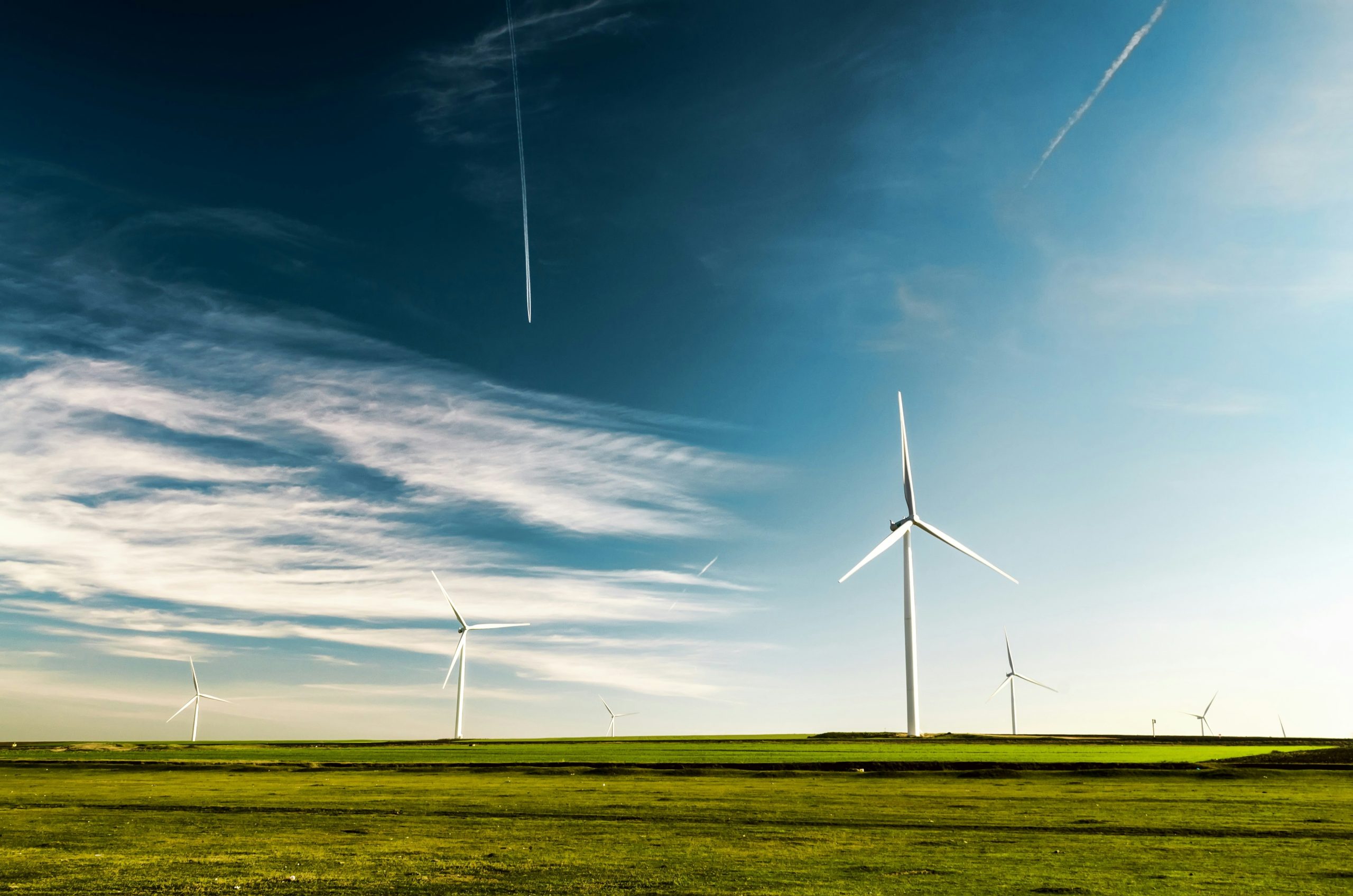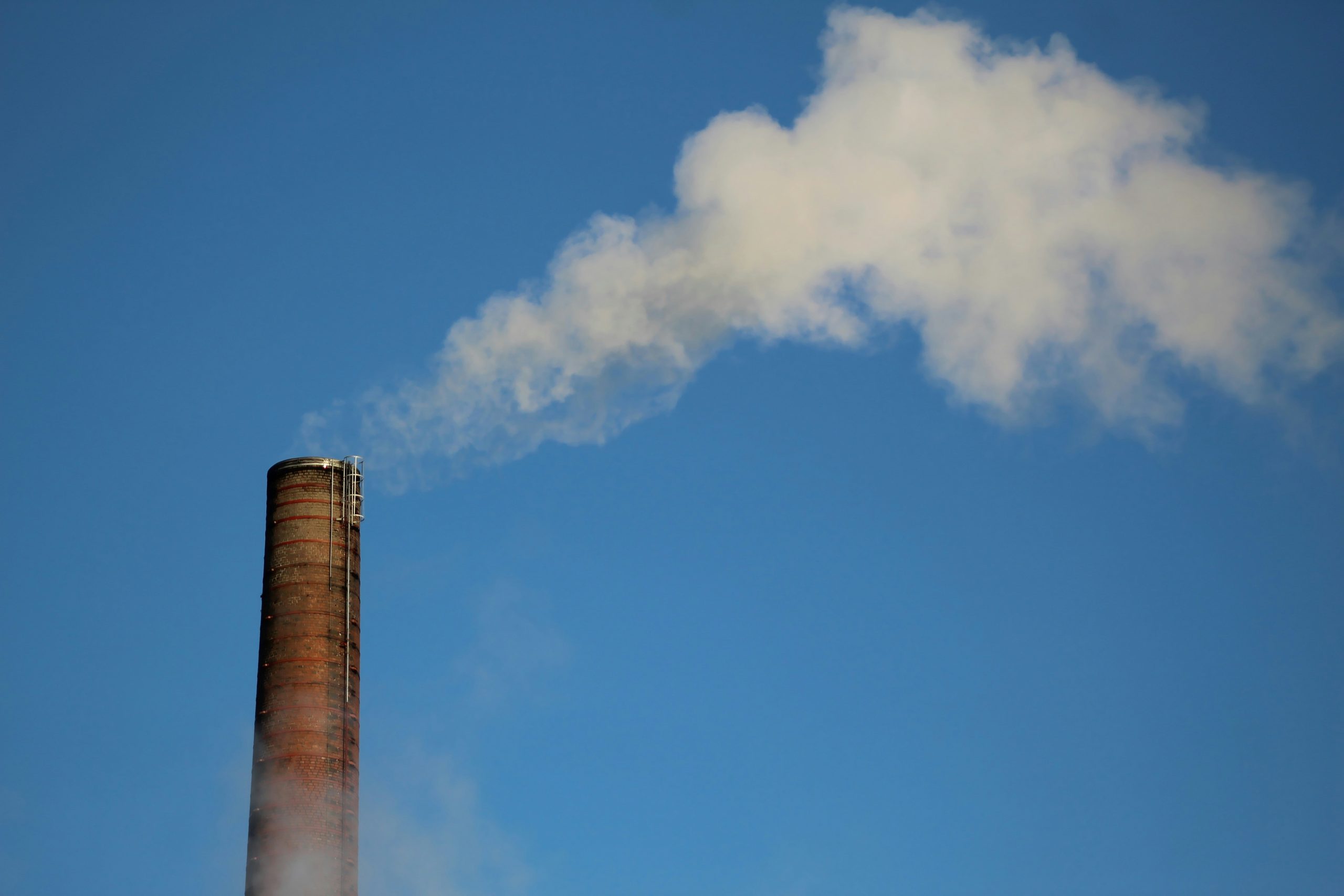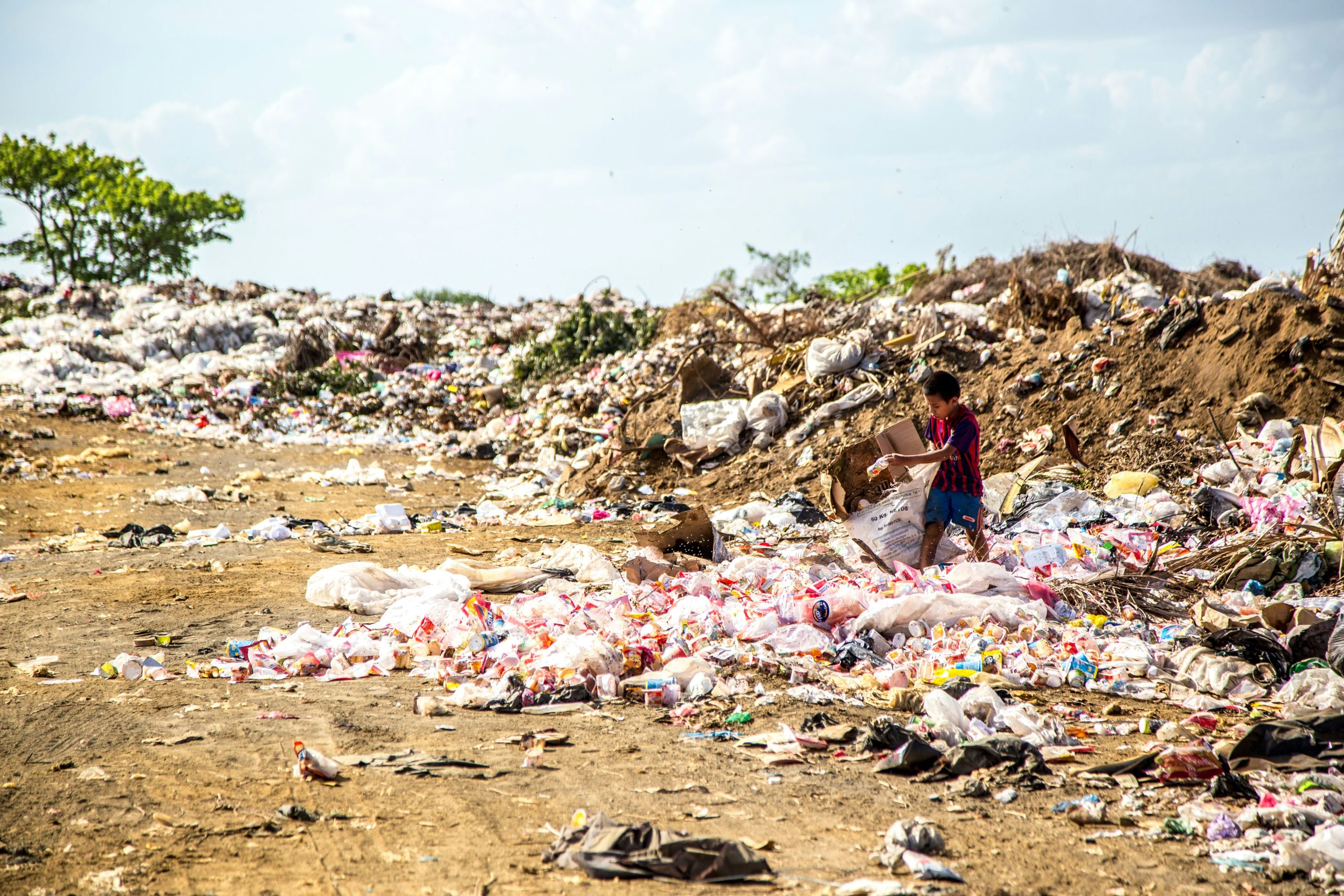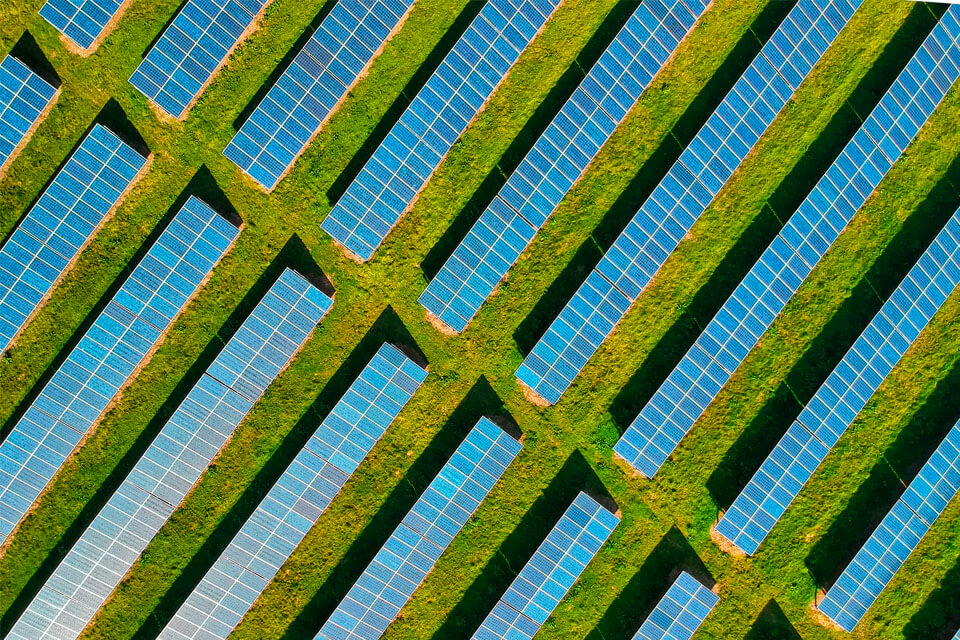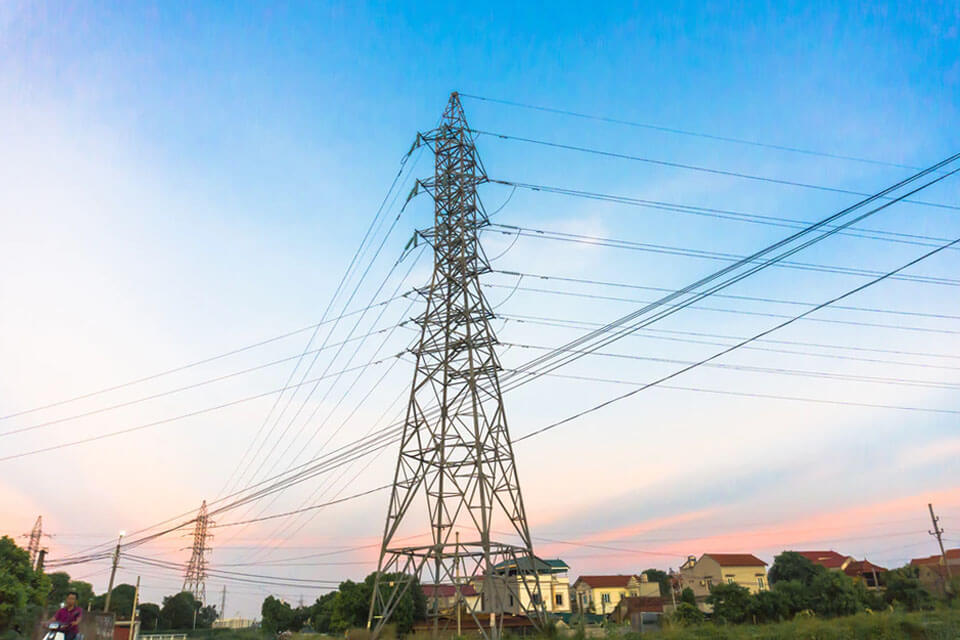As Vietnam continues to experience rapid economic growth, with a booming industrial sector and increasing population, its energy demand is soaring. Traditional energy sources have been the mainstay of the country’s energy landscape; however, there is a growing need for diversification, and biomass energy has emerged as a promising renewable energy option.
Overview of Vietnam’s Energy Landscape
Vietnam’s energy consumption relies heavily on non-renewable resources, with coal generating half of the country’s electricity, producing around 130 billion kWh in 2023. Hydropower also played a major role, contributing 29% of total electricity generation. Renewables currently only accounting for 13.5% of Vietnam’s total power generation despite an installed capacity of 27%[1]. Among renewable sources, solar energy led with 25.7 billion kWh, while biomass energy contributed the least. Rising demand for energy, which is expected to increase by 8.5% annually from 2024 to 2028[2], alongside Vietnam’s strong commitments to international climate goals, is driving the growth of power generation from renewable sources.
Total power generation of Vietnam in 2023
| No. | Power source | Value
(billion kWh) |
Percentage
(%) |
| 1 | Coal-fired thermal power | 129.58 | 46.2 |
| 2 | Hydropower | 80.90 | 28.8 |
| 3 | Renewable energy | 37.92 | 13.5 |
| In which: Solar power | 25.70 | 9.2 | |
| Wind power | 11.37 | 4.1 | |
| Biomass power | 0.85 | 0.3 | |
| 4 | Gas turbine | 26.32 | 9.4 |
| 5 | Imported | 4.19 | 1.5 |
| 6 | Oil-fired thermal power | 1.27 | 0.5 |
| 7 | Other sources | 0.45 | 0.2 |
| Total | 280.63 | 100 | |
원천: EVN
Current situation of biomass energy in Vietnam
Biomass energy refers to energy derived from organic materials, such as agricultural residues, forestry by-products, and waste from livestock. According to the Electricity and Renewabe Energy Authority (ERAE) and the Danish Energy Agency, agricultural by-products (bagasse, straw, and rice husks) will be the main fuel source for biomass power production, with the assumed potential energy value of 214 billion kWh in 2050, followed by forestry by-products (138 billion kWh) and livestock waste (102 billion kWh).
Vietnam has significant biomass potential, yet it has not fully capitalized on this resource. In 2023, Vietnam’s biomass energy output is approximately 853 million kWh, accounted for only 0.3% of Vietnam’s total generated power. While it has significantly increased from 488 million kWh in 2019[3], the country is required to make significant efforts to increase the share of biomass energy to meet its future goals.
Currently, agricultural waste and by-products, especially sugarcane bagasse, are the main fuel for biomass energy plants in Vietnam. Many sugar suppliers and manufacturers have set up power plants to utilize waste from manufacturing sugar and reduce energy consumption, such as KCP biomass power plant, with an installed capacity of 30 MW and power output of 70 million kWh[4]. Rice husks is also an important fuel source utlized in the Mekong Delta, with a power plant constructed in Hau Giang and expected to be completed and put into use in the fourth quarter of 2024[5].
KCP biomass power plant using sugarcane bagasse
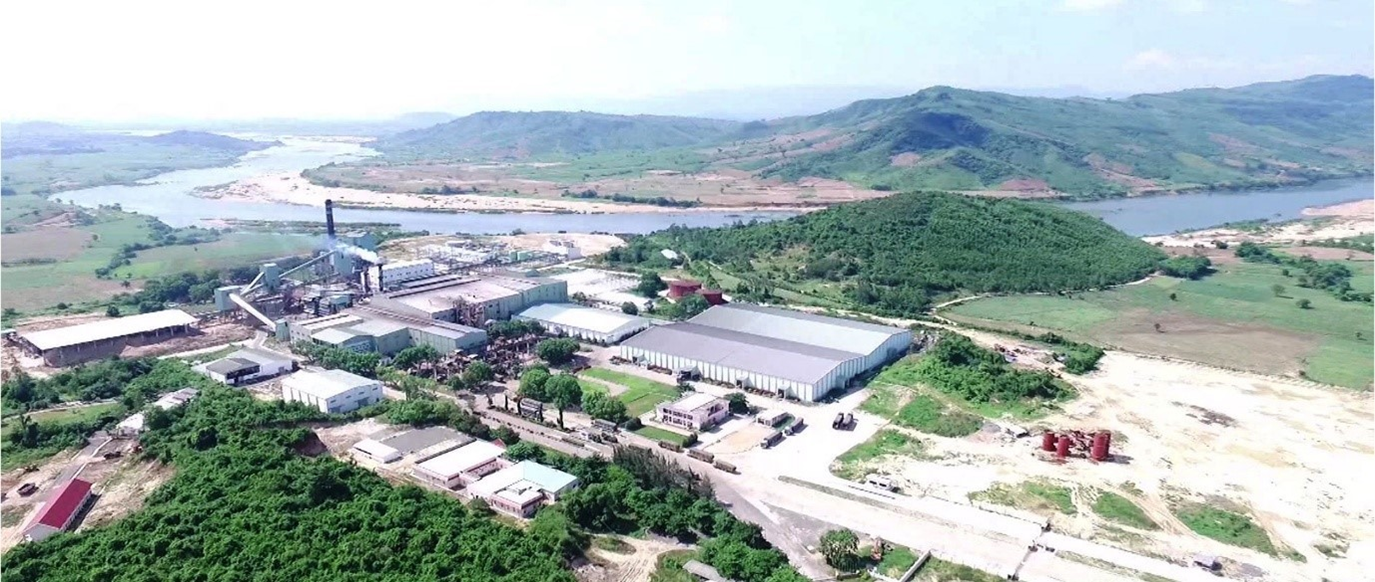
원천: KCP
Government policies supporting biomass energy
The National Power Development Plan (PDP VIII) set out in Decision No. 500/QD-TTg outlines the government’s long-term energy strategy, which includes a target of increasing the share of renewable energy, including biomass, in the energy mix. It sets specific goals for expanding biomass electricity generation, aiming for the total capacity of 2,270 MW by 2030 and 6,015 MW in 2050[6]. Furthermore, coal-fired power plants will be expected to utilize biomass energy as their primary fuel source, adding to the demand for other segments of the biomass energy industry.
To encourage private sector investment in biomass energy, the government offers incentives such as tax exemptions and favorable financing terms for renewable energy projects. The Ministry of Industry and Trade (MoIT) is also collaborating with international parties to work on providing technical support and capacity building for biomass energy producers, such as the GIZ Energy Support Programme (GIZ ESP), a cooperation between the MoIT and Germany’s implementing agency Deutsche Gesellschaft für Internationale Zusammenarbeit (GIZ) GmbH.
Technical workshop provided by the GIZ Energy Support Programme
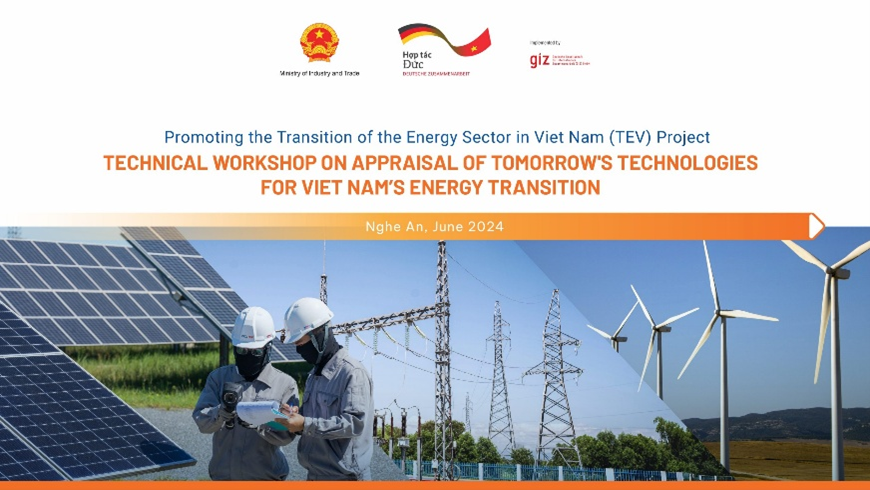
원천: GIZ ESP
Potential and challenges of biomass energy in Vietnam
Vietnam has immense potential for the growth of biomass energy in the coming decades. With the commitment toward Net Zero in 2050, renewable energy, including biomass energy, creates opportunities for both domestic and foreign investors. Furthermore, Vietnam’s agricultural and forestry sector produces large quantities of organic waste to be used as fuel for the production of biomass electricity, which has not been fully capitalized. Given Vietnam’s favorable investment landscape, the growing demand for renewable energy, and the government’s supportive policies, there are significant opportunities for businesses to invest in biomass power generation projects. The Japanese company Erex has recently received an investment registration certificate to build a 50-megawatt biomass power plant in Yen Bai. The power plant, projected to be operational in 2027, will have a total capacity of 45 MW and consume 500,000 tonnes of wood waste and by-products annually[7].
Erex Co., Ltd. to build a 50-megawatt biomass power plant in Vietnam
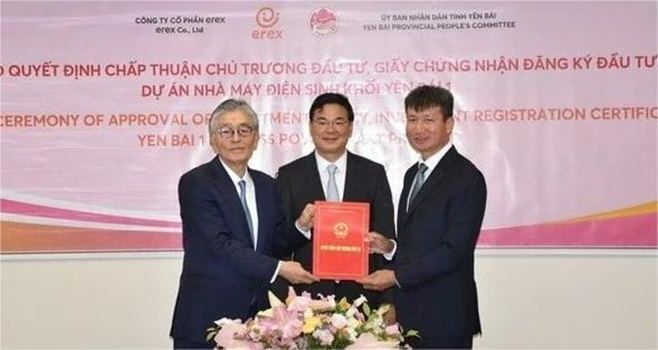
원천: The Investor
However, there are several challenges facing the biomass energy sector in Vietnam. Firstly, there is the high initial capital investment required for establishing biomass power plants. Biomass energy projects typically involve significant expenditure on infrastructure, including the construction of power generation facilities, the installation of advanced conversion technologies, and the establishment of reliable feedstock supply chains. These upfront costs can be a deterrent for both local and international investors, particularly when compared to other renewable energy sources like solar or wind, which require lower initial investments.
Secondly, the investment incentives for biomass energy in Vietnam are often seen as less attractive compared to other sectors. While the initial introduction of the Feed-in Tariff (FiT) promised to guarantee a fixed price for biomass electricity, recent assessments indicate that the price is insufficient to cover the high operational and capital costs of biomass power plants. Even with the recent change to between 7.03 and 8.47 US cents per kWh in 2020, the price is considered to be too low which discourages private sector involvement and slows the growth of biomass energy projects[8]. This lack of compelling financial incentives discourages private sector involvement and slows the growth of biomass energy projects.
결론
The biomass energy sector in Vietnam is still in its early stages, but the country has significant untapped potential. With abundant agricultural waste, strong government support, and increasing demand for energy domestically, biomass energy could become a cornerstone of Vietnam’s renewable energy future. By overcoming the challenges of high capital costs, supply chain inefficiencies, and unattractive investment incentives, Vietnam can unlock the full potential of biomass energy, contributing to its low-carbon transition and creating opportunities for businesses and investors in the process.
[1] EVN. Annual Report 2022-2023. <평가하다>
[2] ERAV. Power Demand to Rise 8.5% Annually Over Next 5 Years, EVN Sets 4 Energy-Saving Goals. <평가하다>
[3] VEPG. Challenges and opportunities for bioenergy market in Viet Nam. <평가하다>
[4] EVN. KCP Biomass Power Plant in Phu Yen officially connected to the National Grid. <평가하다>
[5] Vietnamnews. Hau Giang starts construction of biomass power plant using rice husk fuel. <평가하다>
[6] TVPL. Decision No. 500/QD-TTg approving the national electricity development planning of 2021 – 2030 and vision for 2050. <평가하다>
[7] The Investor. Japan’s Erex to build 50 MW biomass power plant in northern Vietnam. <평가하다>
[8] GIZ Energy Support Programme. Bioenergy project in Vietnam. <평가하다>
| 주식회사 비앤컴퍼니
2008년부터 베트남에서 시장 조사를 전문으로 하는 최초의 일본 기업입니다. 업계 보고서, 업계 인터뷰, 소비자 설문 조사, 비즈니스 매칭을 포함한 광범위한 서비스를 제공합니다. 또한, 최근 베트남에서 900,000개 이상의 기업에 대한 데이터베이스를 개발하여 파트너를 검색하고 시장을 분석하는 데 사용할 수 있습니다. 문의사항이 있으시면 언제든지 문의해주세요. [email protected] + (84) 28 3910 3913 |
다른 기사를 읽어보세요


